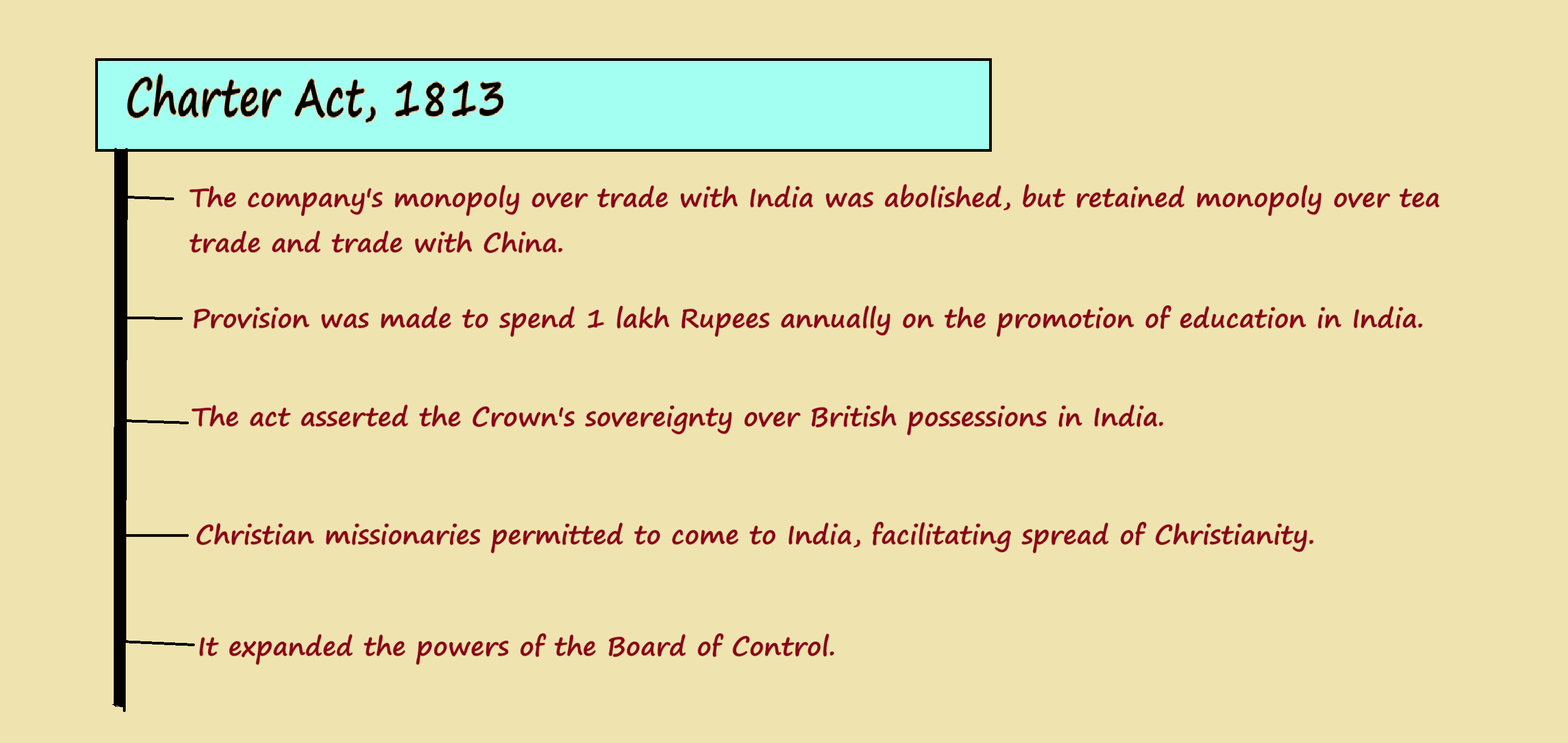UPSC Prelims 2019 Analysis
Subject wise MCQ distribution
- Economy had the highest number of questions (21), with a special focus on the banking sector, making it the most important subject.
- Environment & Ecology followed with 18 questions, highlighting its significance due to the Forest Service prelims merging with the Civil Services Prelims.
- Science & Technology was another key area, contributing 15 questions, with a major focus on biotechnology and related current affairs.
- Indian Polity remained crucial, featuring 13 questions.
- Modern History had a relatively lower weightage, with only 6 questions.

Difficulty analysis
- Medium Questions (45) formed the largest portion, requiring a blend of static and current knowledge with strong analytical abilities.
- Hard Questions (31) were conceptually tricky and usually lowered the cutoff. A strategic approach involved eliminating high-risk questions and attempting only those with certainty.
- Easy Questions (24) were straightforward and should have been attempted with maximum accuracy to gain easy marks.

Variations in Question framing
- The paper was evenly split between multi-statement and direct questions.
- Multi-statement questions held a slight majority, making the paper lengthy and increasing the risk of errors, as each statement had to be analyzed carefully.
- However, multi-statement questions also allowed for option elimination, enabling candidates to answer with limited information.

Key learning for Future Preparation
- Prioritize Key Subjects: Allocate more time to Polity, Economy, and Environment, as they consistently have higher weightage.
- Integrate Current Affairs: Link recent developments with syllabus topics for better retention.
- Develop Analytical Thinking: Focus on the why behind policies, events, and phenomena, rather than just memorizing facts.
- Revise Regularly: Reinforce concepts through periodic revisions and multiple mock tests.
- Master Multi-Statement Questions: Practice elimination techniques to improve accuracy in multi-statement questions.
- Practice PYQs: Understand important areas from the examiner’s perspective and familiarize yourself with option elimination techniques.
Subject-Wise Answer Key
QUESTION 1
Medium
Modern History
Prelims 2019
With reference to the British colonial rule in India, consider the following statements:
- Mahatma Gandhi was instrumental in the abolition of the system of ‘indentured labour’.
- In Lord Chelmsford’s ‘War Conference’, Mahatma Gandhi did not support the resolution on recruiting Indians for World War.
- Consequent upon the breaking of Salt Law by Indian people, the Indian National Congress was declared illegal by the colonial rulers.
Which of the statements given above are correct?
A. 1 and 2 only
B. 1 and 3 only
C. 2 and 3 only
D. 1, 2 and 3
QUESTION 2
Medium
Modern History
Prelims 2019
Which one of the following groups of plants were domesticated in the ‘New World’ and introduced into the ‘Old World’?
A. Tobacco, cocoa and rubber
B. Tobacco, cotton and rubber
C. Cotton, coffee and sugarcane
D. Rubber, coffee and wheat
QUESTION 3
Hard
Modern History
Prelims 2019
With reference to Indian National Movement, consider the following pairs:
| Person | Position Held |
|---|---|
| 1. Sir Tej Bahadur Sapru | President, All India Liberal Federation |
| 2. K.C. Neogy | Member of the Constituent Assembly |
| 3. P.C. Joshi | General Secretary, Communist Party of India |
Which of the pairs given above is/are correctly matched?
A. 1 only
B. 1 and 2 only
C. 3 only
D. 1, 2 and 3
QUESTION 4
Medium
Modern History
Prelims 2019
Consider the following statements about ‘the Charter Act of 1813’:
- It ended the trade monopoly of the East India Company in India except for trade in tea and trade with China.
- It asserted the sovereignty of the British Crown over the Indian territories held by the Company.
- The revenues of India were now controlled by the British Parliament.
Which of the statements given above are correct?
A. 1 and 2 only
B. 2 and 3 only
C. 1 and 3 only
D. 1, 2 and 3
QUESTION 5
Easy
Modern History
Prelims 2019
With reference to Swadeshi Movement, consider the following statements:
- It contributed to the revival of the indigenous artisan crafts and industries.
- The National Council of Education was established as a part of Swadeshi Movement.
Which of the statements given above is/are correct?
A. 1 only
B. 2 only
C. Both 1 and 2
D. Neither 1 nor 2
QUESTION 6
Medium
Modern History
Prelims 2019
Consider the following pairs:
| Movement/Organization | Leader |
|---|---|
| 1. All India Anti-Untouchability League | Mahatma Gandhi |
| 2. All India Kisan Sabha | Swami Sahajanand Saraswati |
| 3. Self-Respect Movement | E.V. Ramaswami Naicker |
Which of the pairs given above is/are correctly matched?
A. 1 only
B. 1 and 2 only
C. 2 and 3 only
D. 1, 2 and 3
